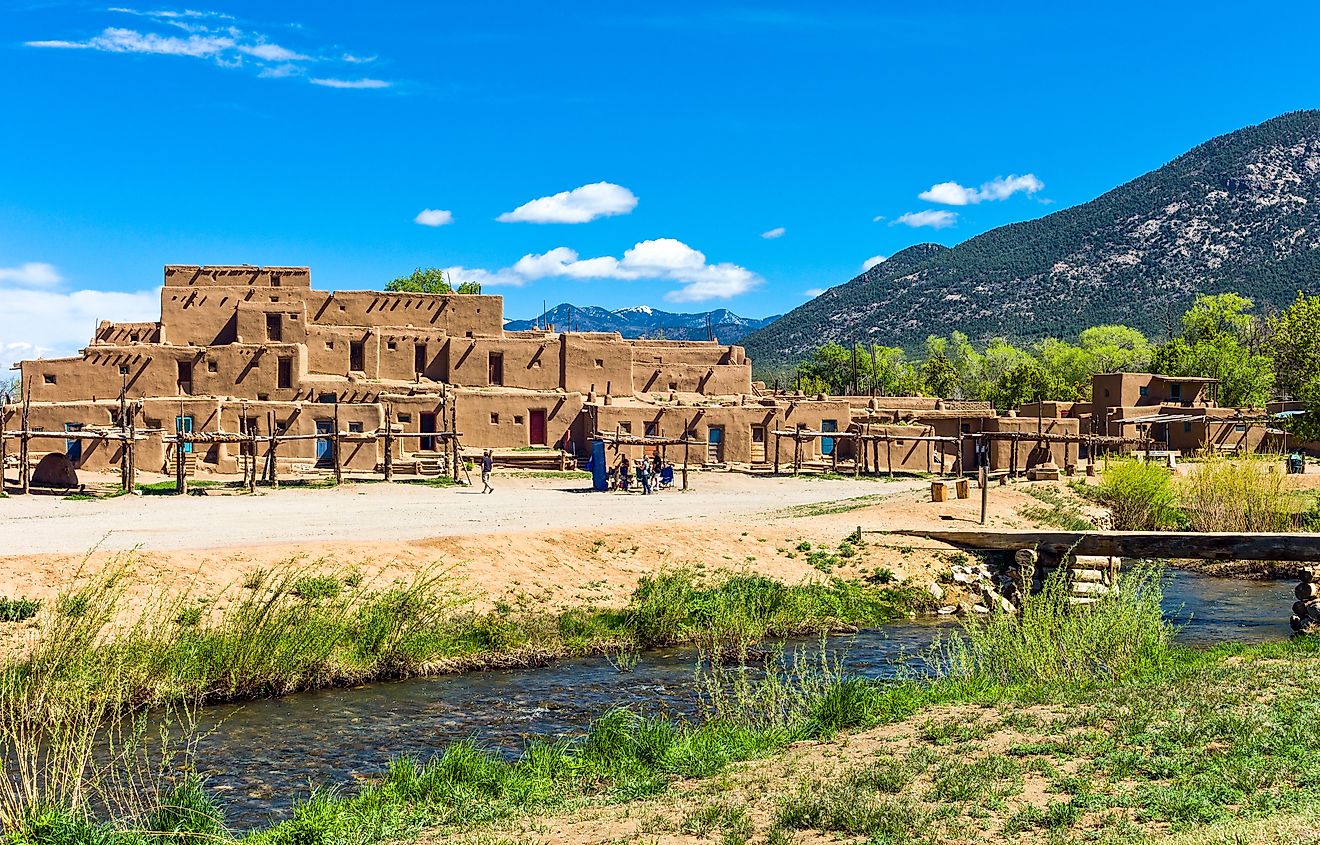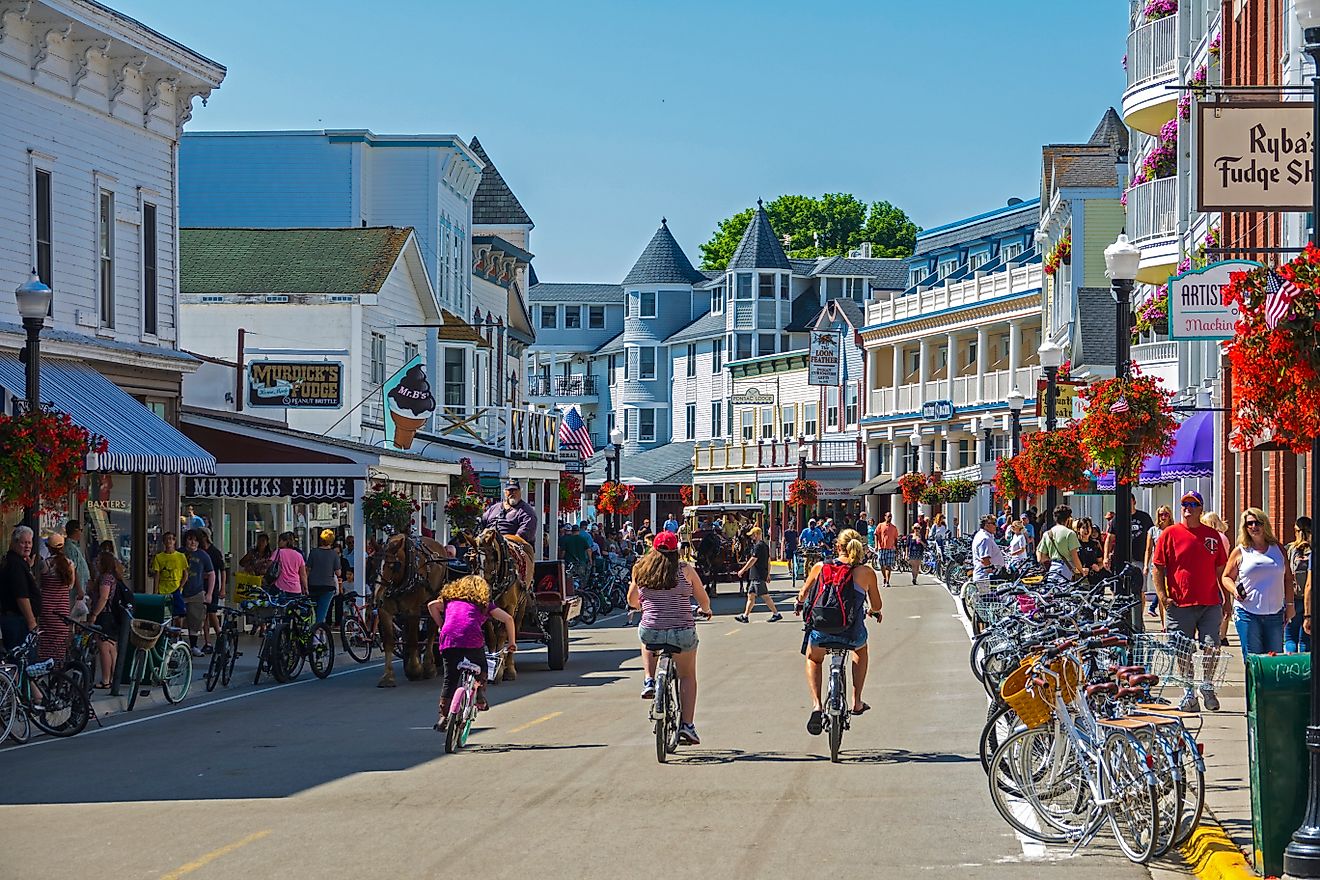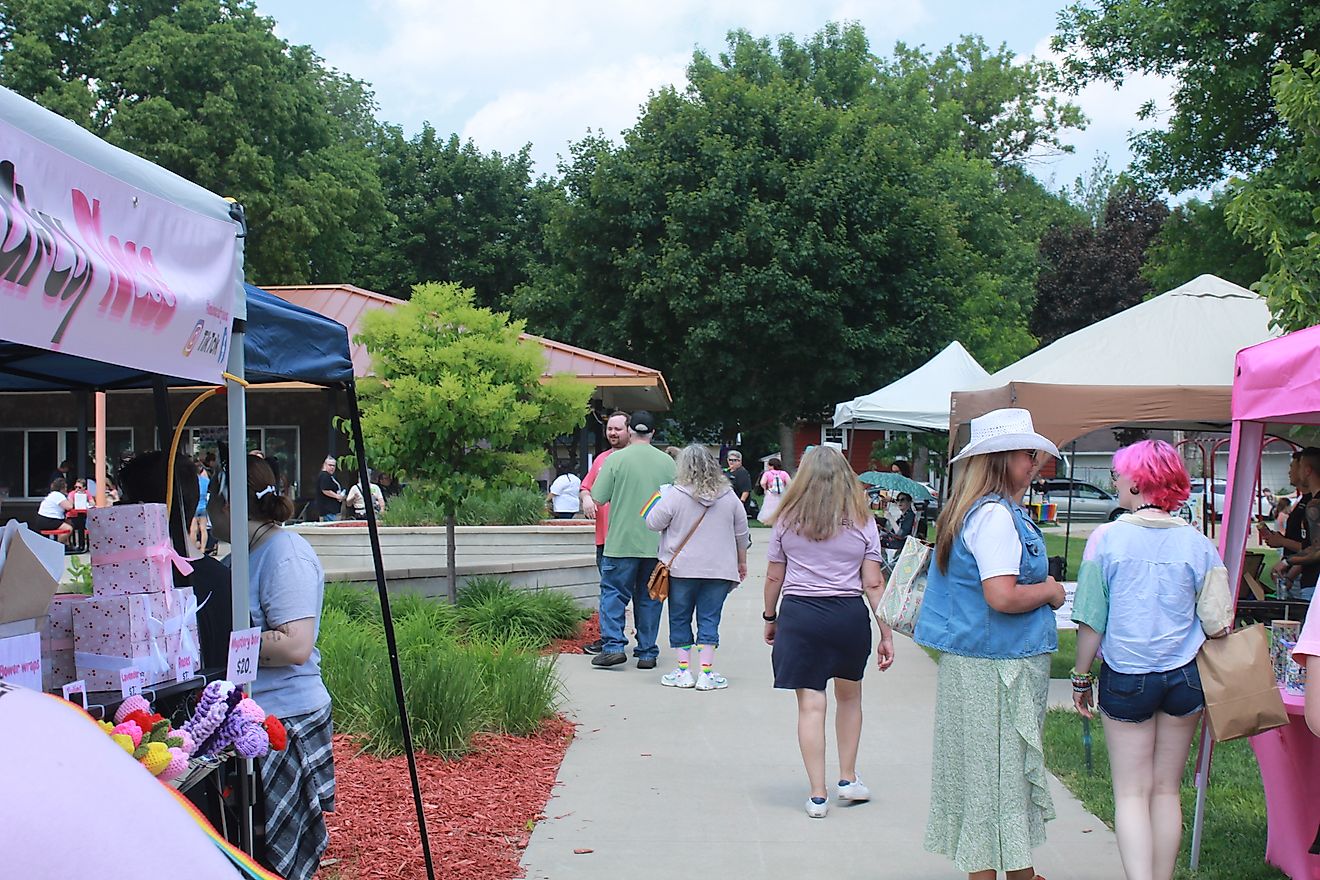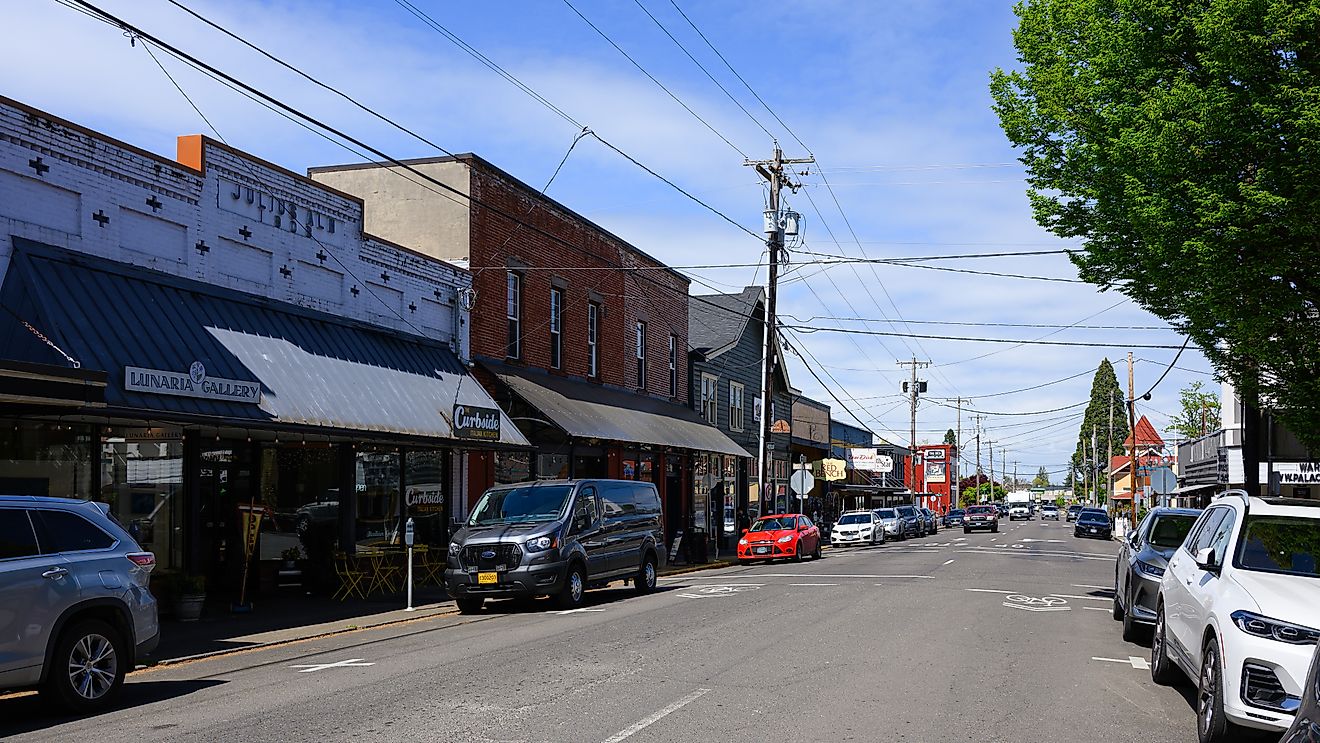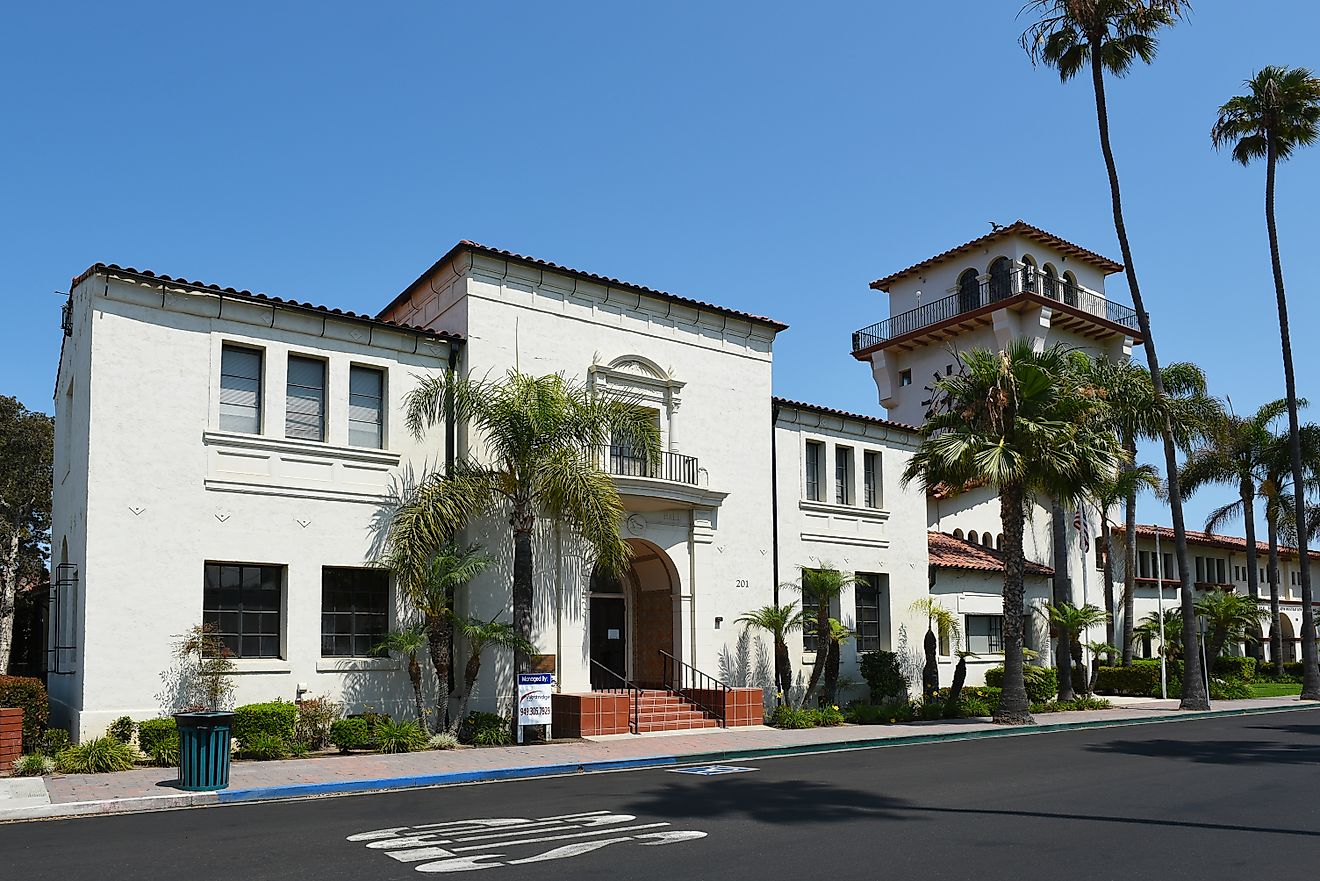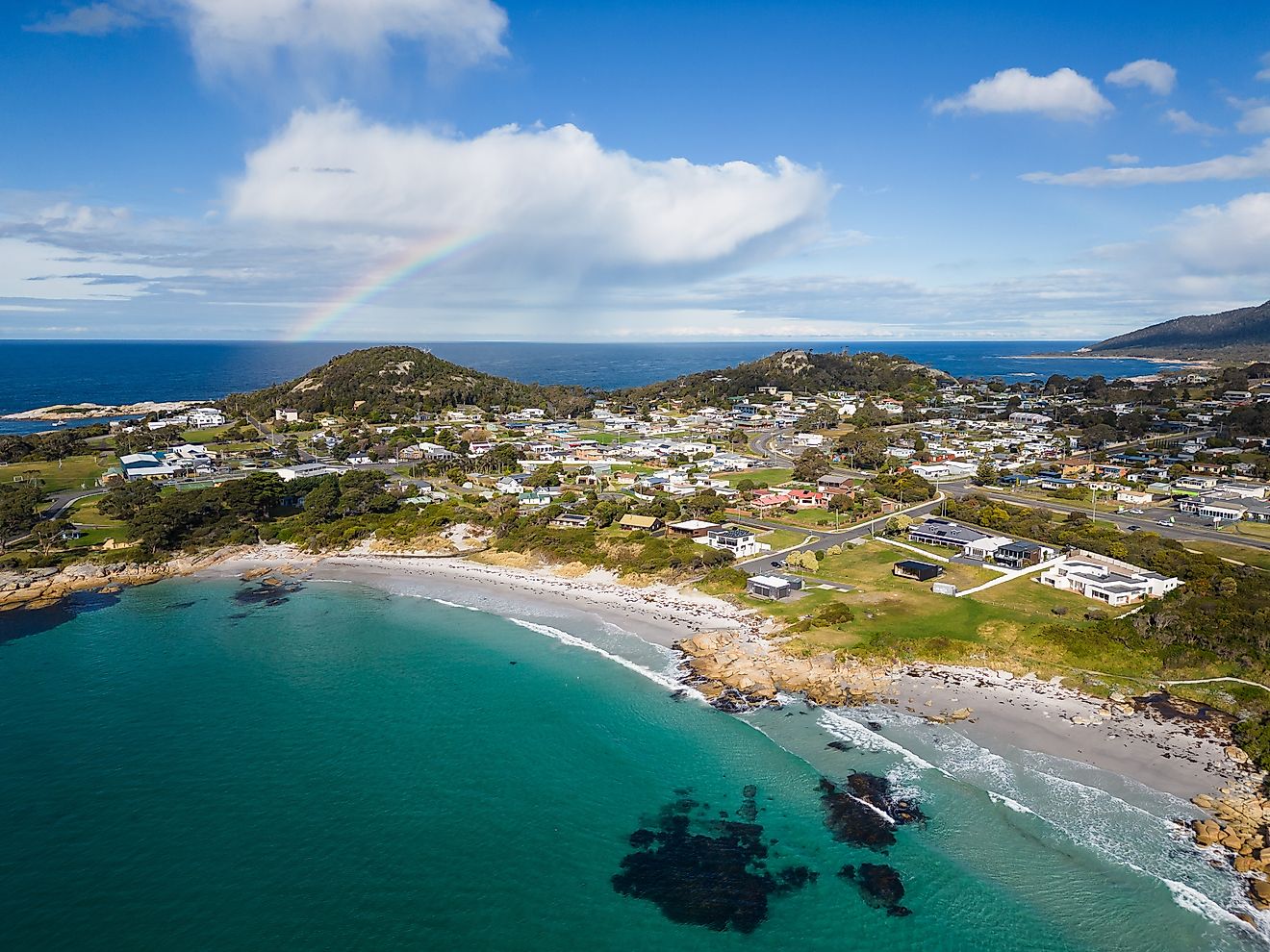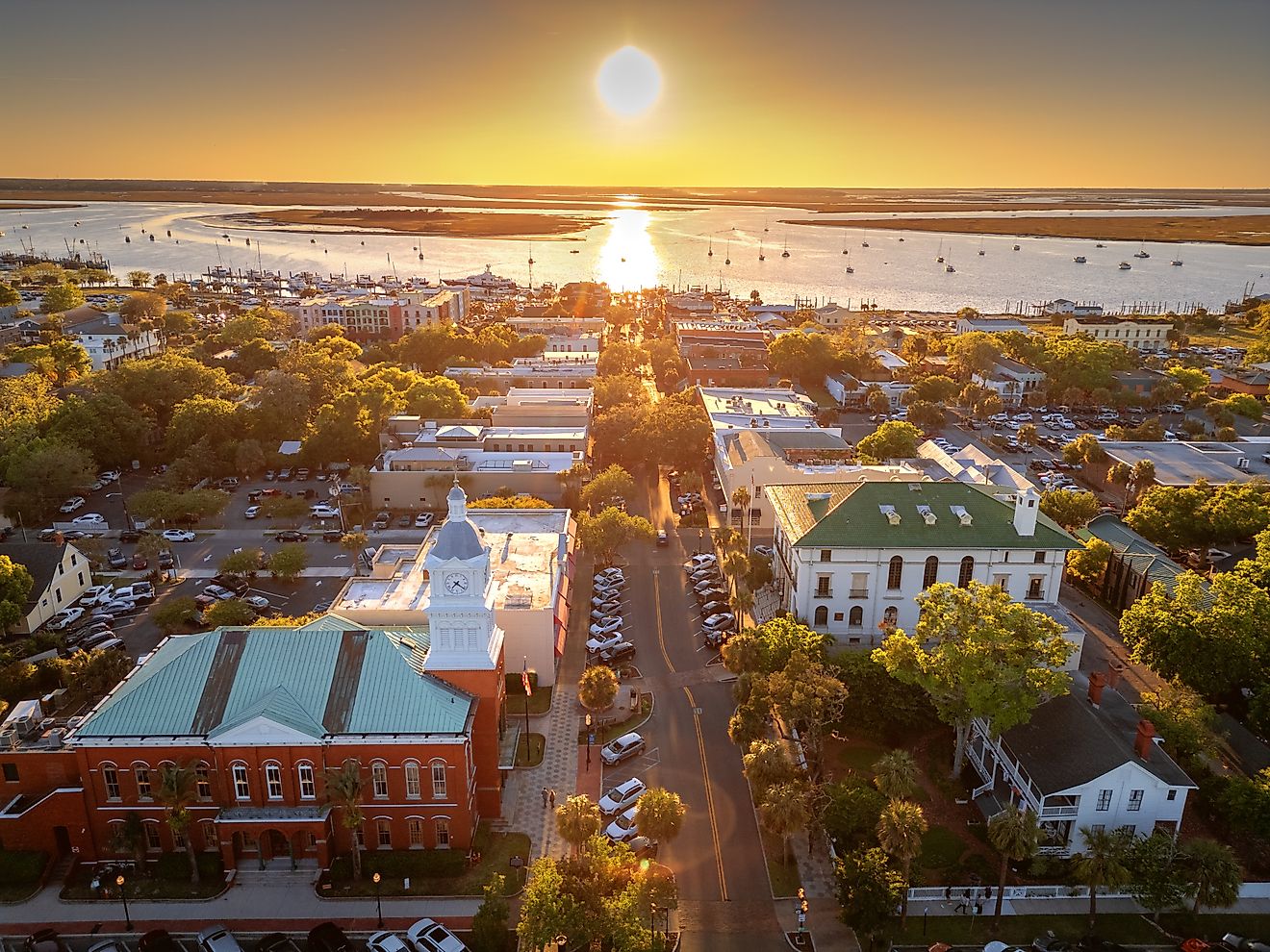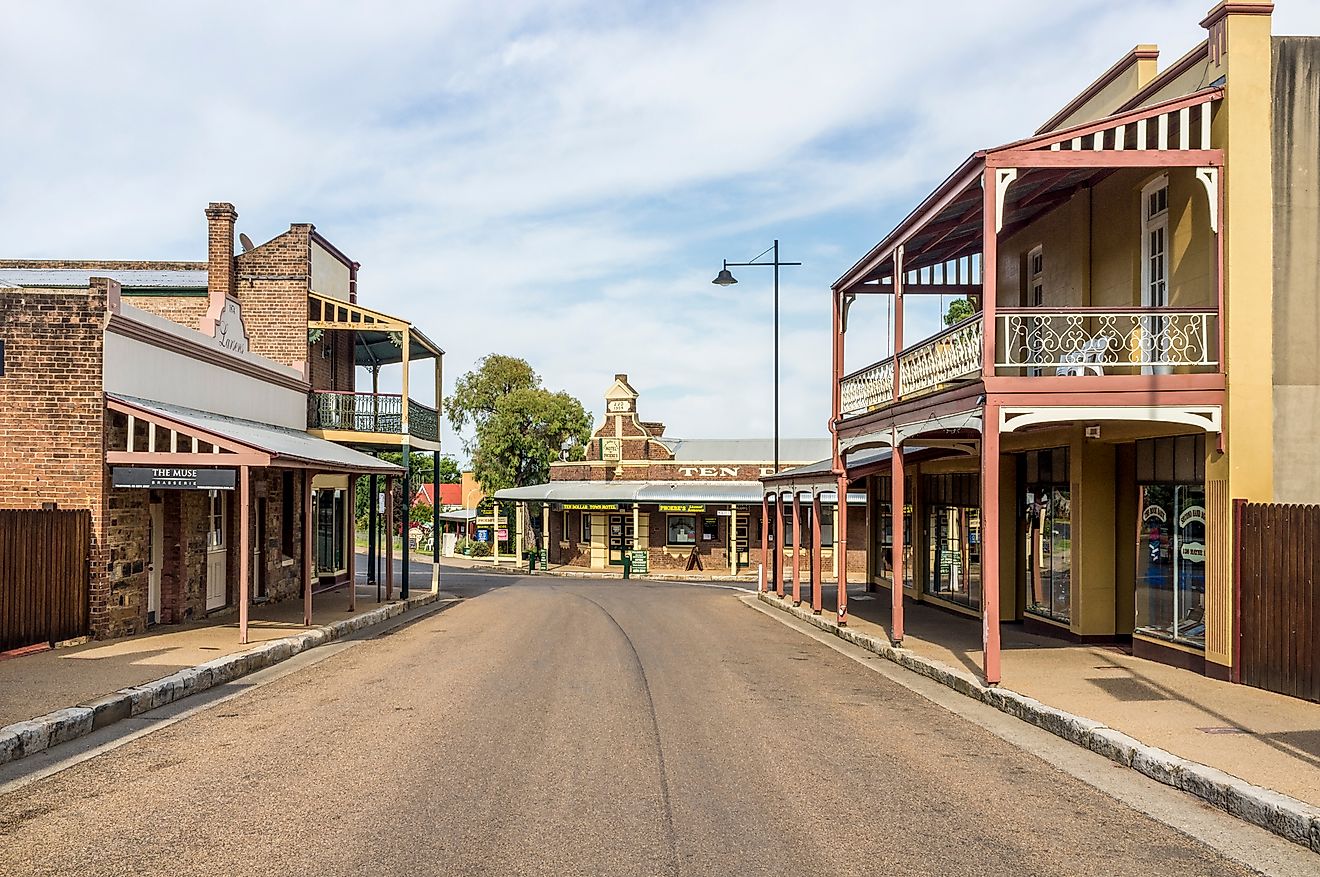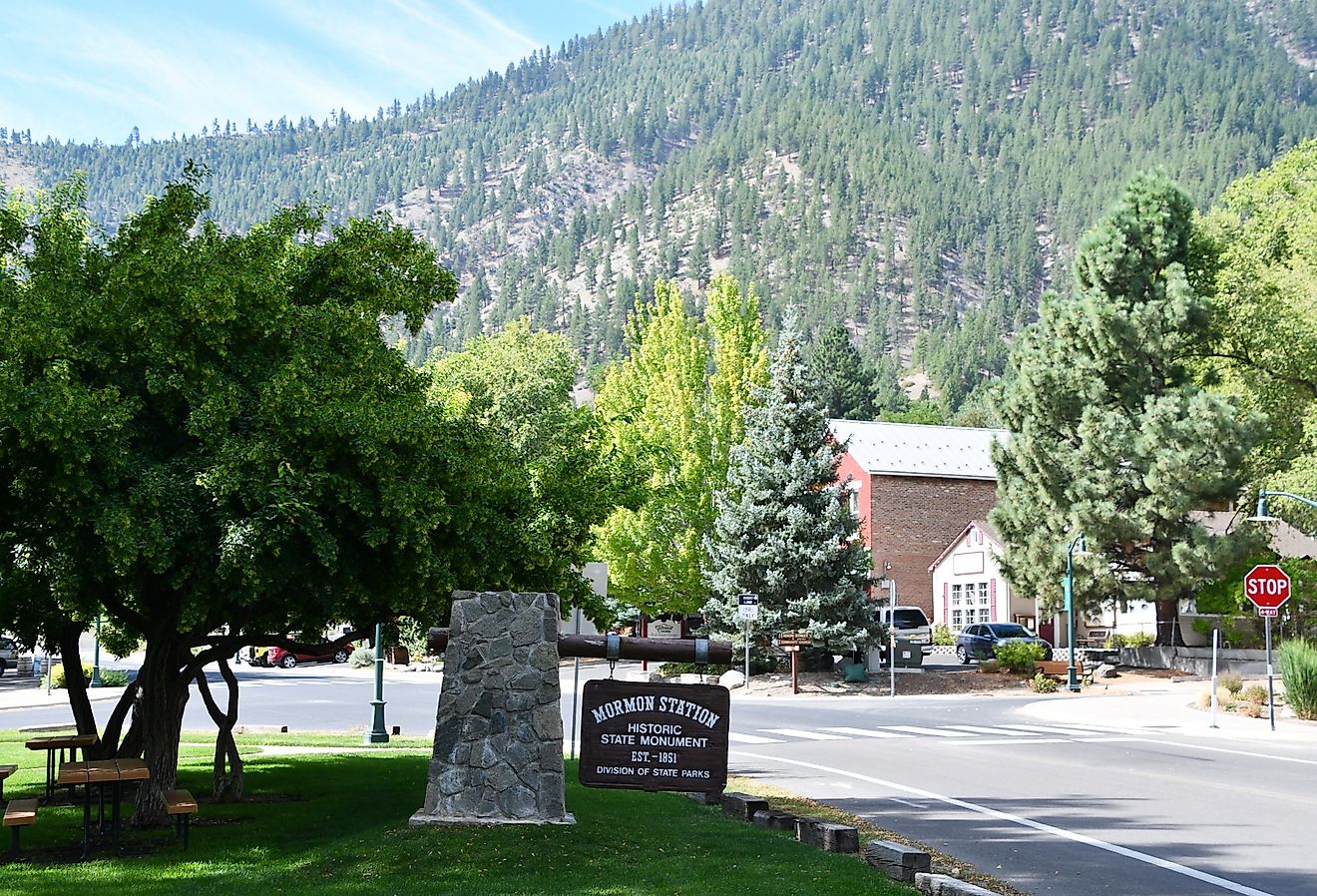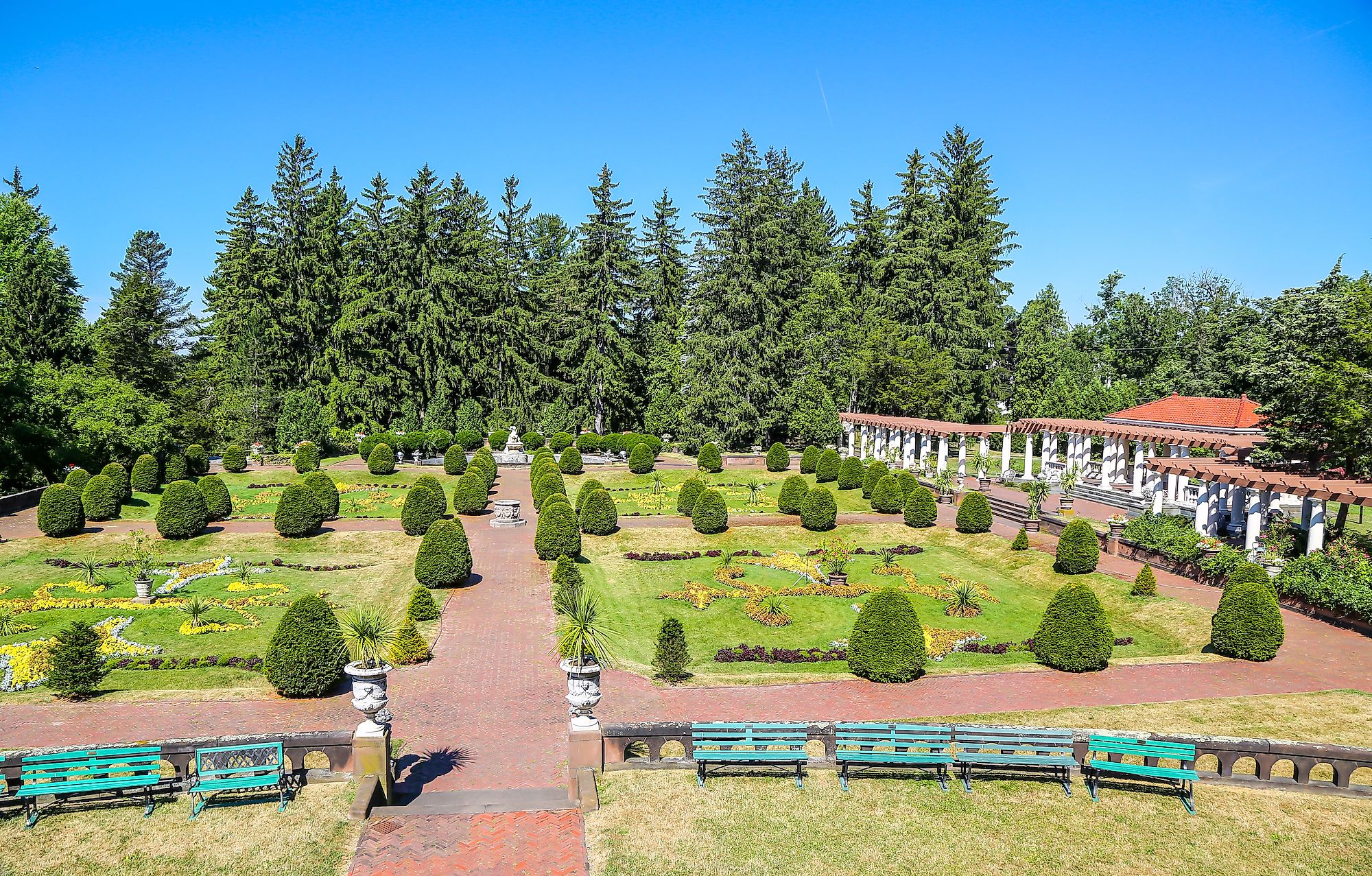
Sonnenberg Gardens
Built in 1887, the "Sonnenberg Gardens and Mansions State Historic Park" is described as one of the best-preserved buildings of the Victorian Era and features a Queen Anne-style castle. It is located at the Canandaigua Lake's northern end in the US state of New York. It is not only known for its huge and beautiful castle, but also for its spectacular landscaped gardens developed between 1902 and 1920. The special location of this mansion, within the wine region of the Finger Lakes, allowed the site to house the Finger Lakes Wine Center, where people can taste different types of wine grown in the region.
Attractions In Sonnenberg Gardens
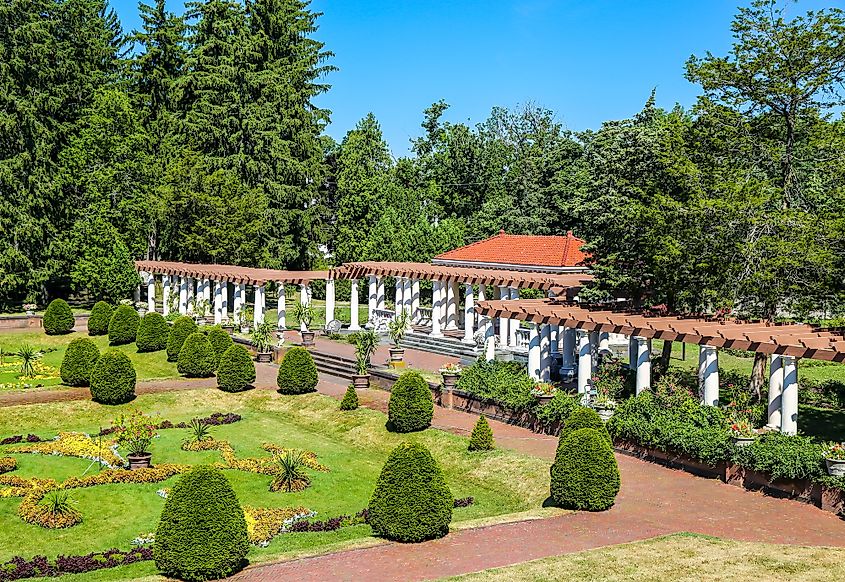
Gardens
The main touristic attraction of the Sonnenberg Gardens remains the nine different gardens that convey a beautiful combination not found anywhere else on the planet. For example, the Japanese gardens contain a statue of Buddha and a teahouse resembling the Japanese landscape and culture. The Italian garden is bordered by yews and contains four sunken parterres. The Blue and White garden has white and blue flowers surrounding a huge Asian tree known as the "Zelkova Japonica." The Rock Garden that is now open to tourists used to be divided into three different gardens in the past. However, the management decided to merge them into one garden to entail the theme of an informal wooden garden. Moreover, the site contains beach trees that are well preserved, so the trees survived and sustained, although the environment is not so compatible with it.
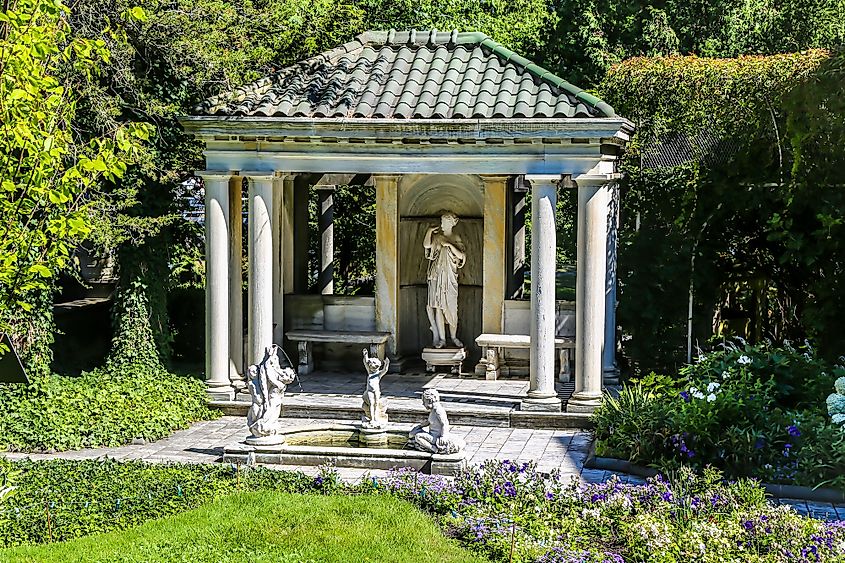
The Conservatory
The most iconic and important garden within this unique collection is the Conservatory. It is known for its special domed Palm house and other greenhouses that house a variety of plants such as orchids, tropical plants, and cacti. The Conservatory is distinguished as one of the most preserved inhabited greenhouse centers in the city of New York and the United States.
History Of Sonnenberg Gardens
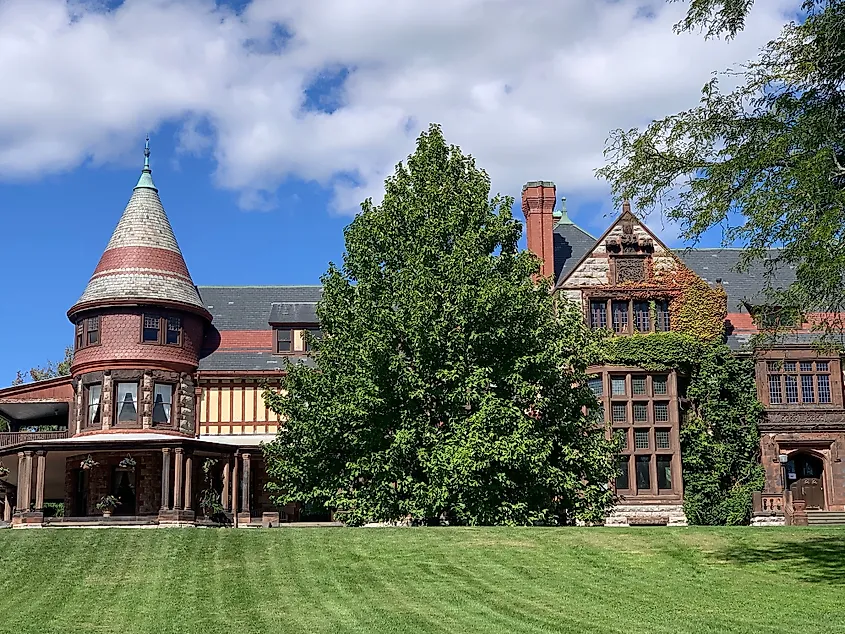
The property was the home of Frederick Thompson and his wife, Mary Thompson, who later donated the site to the city of New York, making it the second publicly-owned Park in the city.
In a video-recorded tour offered by David Hutchens, the executive director of the Sonnenberg Gardens, Hutchens talks about the history and timeline of this mesmerizing spot. David claimed that the Thompsons had purchased the property in 1856 and built the mansion with over 40 rooms that were designed by Francis Allen. The whole property was a working farm and summer housing for the Thompsons, as they had fruits, vegetables, and flowers sent to their house in New York from the farm.
The love that this family had for the environment and plants not only led them to plant gardens, but the Thompsons were known for the fact that whenever visitors asked what they would bring with them, the family's only reply would be a plant or tree!
Following Mr. Thompson's death in 1899, his wife continued planting and landscaping the gardens as a tribute to her husband. The first garden was the Italian garden, constructed in 1903. After the death of the owners, the city-state purchased the land, yet left it neglected for almost 50 years.
In 1973, President Nixon signed a law bill stating that the Sonnenberg Gardens is a newborn non-profit organization. The restoration of the site took some time before opening to the customers. Several renovation processes have taken place since then, and the site's success obliged the State of NYC to pay off the debt on behalf of the Gardens, a figure that amounted to 1.4 million dollars. In addition to that, the state pumped more than 1.8 million dollars into the Park's treasury so that it could handle its future renovations. This money helped the people in charge to restore and renovate several areas of the mansion, including the veranda, pergola, and belvedere of the antiquated Sonnenberg Gardens.
The mission statement of this historic Park is to conserve the living collection of the nine gardens and promote the legacy and life of the Thompson family estate. The vision statement is to offer a one-of-a-kind experience for those who come to visit. The historic Park provides a unique and sustainable green location for those enthusiastic about preserving the environment, history, culture, and heritage.


